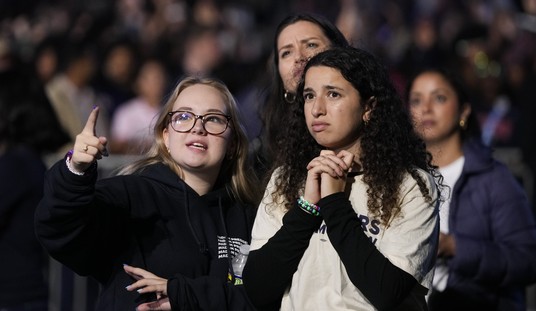The response to the CDC’s report last week that 25% of teen girls carry a sexually transmitted infection suggests that this comes as a shock to many, including some in our sex education industry.
This is reminiscent of the scene in Casablanca in which Captain Renault tells Rick that he is “shocked - shocked! - to find that gambling is going on in here”, and then quietly collects his winnings.
The pandemic of STIs in this country is a logical consequence of the way we educate kids about sexuality. Until an “extreme makeover” of our methods takes place, young people – especially girls – will continue to pay an awful price.
Consider an organization like SIECUS ( Sexuality Information and Education Council of the United States ), the leading voice for sexuality education in this country. Their Guidelines for Comprehensive Sexuality Education is in widespread use: over 100,000 copies have been distributed, and it is downloaded at the rate of 1,000 per month. Thanks to this document, our children are instructed from a tender age that “all persons are sexual”, that “both boys and girls have parts of the body that feel good when touched”, and that “couples have varied ways to share sexual pleasure.” Mind you, this is what they deem appropriate for five to eight year olds. While acknowledging that “early involvement in sexual behaviors poses risks”, one of SEICUS’ “inherent values” is that “young people explore their sexuality as a natural process in achieving sexual maturity.”
Recommended
With that message coming from professionals, we shouldn’t be surprised to learn that 34% of girls are sexually active by fifteen. That figure goes up to nearly 80% five years later, with over a fifth of all fifteen to nineteen year olds reporting two or more partners in the past year. Hey, they are exploring their sexuality; it’s only “natural”.
For a teenage girl in 2008, “exploring” her sexuality places her at risk for some two dozen different bacteria, viruses, parasites, and fungi. She is likely to be infected soon after her sexual debut. This is due to the prevalence of these organisms, their ability to infect without symptoms, the widespread practice of casual sex with multiple “partners”, the inconsistent and improper use of condoms, and to a girl’s physiological vulnerability.
SEICUS emphasizes that “sexuality is a central part of being human,” and it wants our kids to know that it is “a natural and healthy part of living.” That may have been an important message for young people to hear when the organization was founded some forty years ago. But things have changed. We’re fighting a battle against a multitude of new bugs, and the bugs are winning.
Unlike Casablanca’s double-dealing police chief, SIECUS can’t have it both ways. It can’t claim to be fighting disease while celebrating the very behaviors that cause disease. Organizations responsible for protecting our children have a choice to make. Either acknowledge that remaining infection-free is not a goal of their curriculum, or begin telling kids, especially girls, to delay these experiences. Tell them “exploring” is likely to be followed, sooner or later, by regret, while “waiting” has only benefits. Sexual experiences may be “central” to being human, but so are many other things that have no place in the life of an adolescent.
That so many American girls have a sexually transmitted infection should come as no shock. Rather, the shock should be at the madness in our country that we call sexuality education.

























Join the conversation as a VIP Member